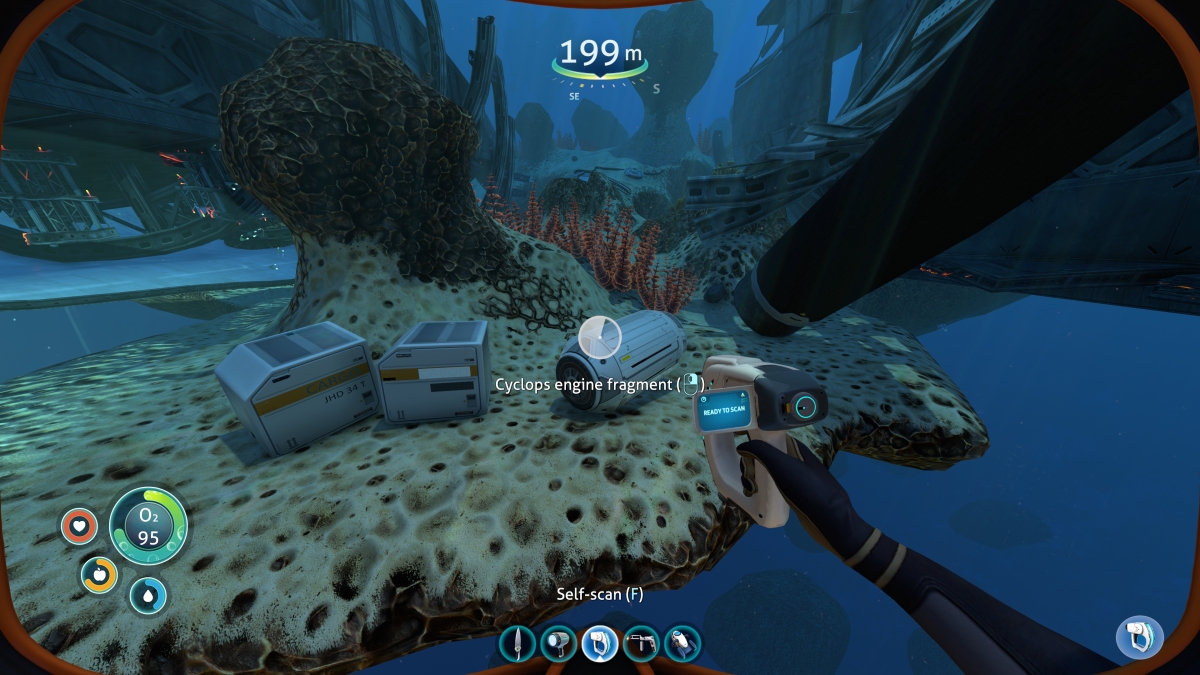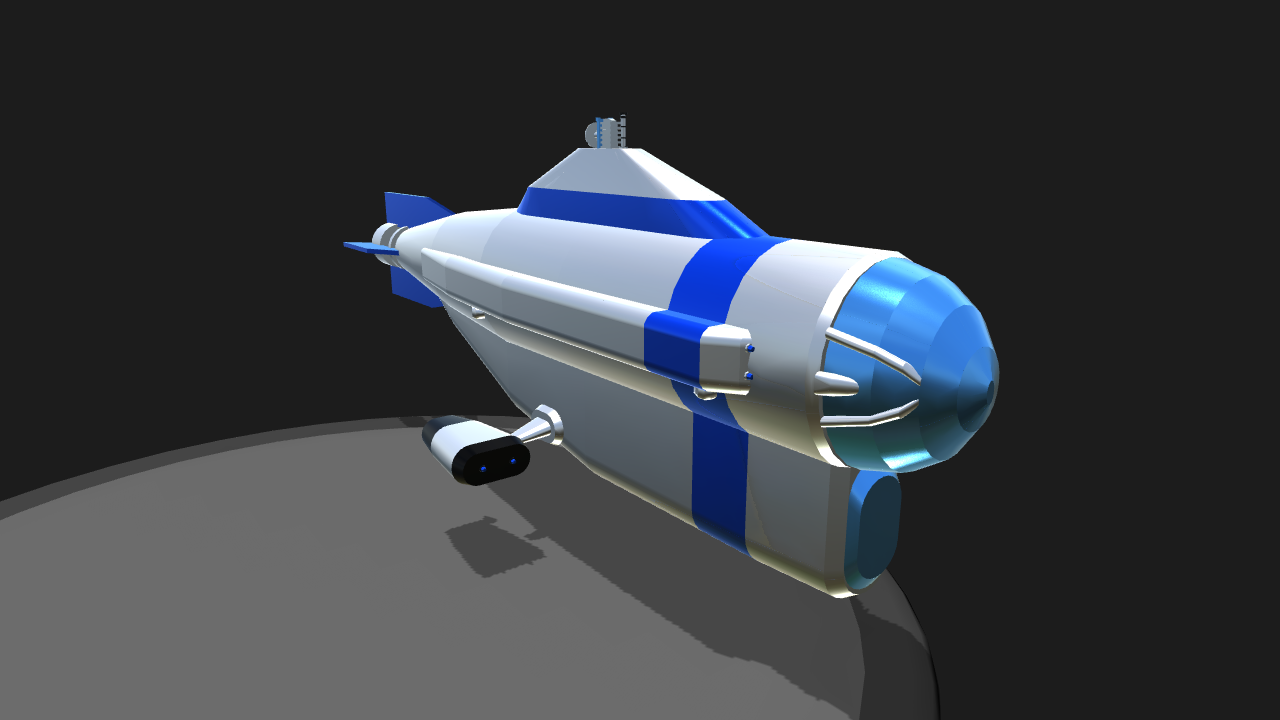

The inspiration of Olympos to humanity dates from the earliest settlements of modern peoples at its base (~ 40,000 years BP) who were witnesses to a period of ongoing active glaciation these inhabitants would have endured the environmental consequences of proximity to the eruption of Thira (Santorini, 1646 BCE) possibly, they also observed a meteor impact. Mount Olympos on the border of Thessaly and Central Macedonia (Greece) is the namesake of many mountains over the Earth and even on Mars.

The most representative sites for the individual disciplines of geology (e.g., geomorphology, tectonics, stratigraphy and palaeontology) have been chosen, mapped and assessed, while indicative georoutes are proposed, which could aid the island’s geotouristic promotion to geologist and non-geologist future visitors. The purpose of this study is the selection of several such sites from the islands of Lefkas, Meganisi, Kefalonia and Ithaki and their assessment regarding their scientific, environmental, cultural, economic and aesthetic value. Greece’s geotectonic position in the convergent zone between the African and Eurasian plates has contributed to the existence of a considerable wealth of geosites, with the particularly active geotectonic region of the Ionian Sea characterized as a geoheritage hotspot.


Assessing sites of geological interest can contribute to their promotion, as well as their preservation and protection. Geosites have a high potential of attracting geotourists, thus contributing to the development of the local economy. Geological heritage or geoheritage refers to the total of geosites, i.e., areas of high geological interest in a given area. The results of this paper are intended to constitute a valuable tool for enhancing and raising awareness of the geological heritage of the island of Serifos. The geological-mining heritage of Serifos will attract people from all over the world with different kind of interests and will make it known to alternative tourists. In the proposed geocultural routes (geotrails), the dialectic relationship between Humans and Nature is determined by historical conditions and by the record of the process that transforms space into a landscape. Along the routes, the geodiversity is explained, including its relationship with the surrounding biodiversity, and the historical and cultural aspects of the region. During the present study, six geotrails have been developed to link these cultural and ecological sites with the geological heritage. In this geopark, Serifos can highlight the rich geological heritage of the island combined with the rich industrial heritage as expressed by mining activities since prehistoric times and the mining facilities of iron and copper mines. The present paper focuses on the geological and mining heritage of Serifos, with the aim of integrating the island in the international environment of Geoparks, in the near future. Serifos island is characterized by rich geodiversity, industrial and cultural heritage.


 0 kommentar(er)
0 kommentar(er)
